当前位置:网站首页>How many threads does LabVIEW allocate?
How many threads does LabVIEW allocate?
2022-08-10 22:40:00 【LabVIEW development】
How many threads does LabVIEW allocate?
Answer: Thread allocation in LabVIEW is dynamic, and there is no single answer to this question.LabVIEW allocates many different types of threads:
A UI thread for screen refresh and keyboard and mouse input.This thread is also used for the execution of certain VIs, such as property nodes, unsafe threads, and DLLs.
A pair of timed threads, used internally by LabVIEW.(Windows95/NT allocates additional threads for internal use)
20 threads of execution (perCPU). See below for more information.
On Windows 95/NT, threads are dynamically assigned to operations that use an ActiveX client to control LabVIEW.
So, for a single core system, 23 or 24 threads are allocated at the start of the application.If you use the ActiveX client, more threads are allocated when running the VI.
Notes on execution threads:
LabVIEW has five "execution systems", and each execution system assigns threads to four different levels.So there are 20 threads in total, and no UI thread is included, which is also used for execution.Threads of execution are allocated based on how many processors the system has.So a dual-core processor computer would have 40 threads of execution plus the other threads mentioned.
Notes on priority:
Subroutine VIs always use the call execution system.Therefore it is the most efficient in the same execution system.There is no standard "background priority" assigned to threads.VIs running at this priority use the higher-priority thread when no other threads are running.
Advanced users can adjust some of the threads assigned to the system by running the following VI: vi.lib\Utility\sysinfo.llb\threadconfig.vi.

Edit
Add image comment, no more than 140 characters (optional)
Why is multithreading turned off in LabVIEW?
There are two reasons to turn off multithreading:
On an older/slower computer
The VI crashes inexplicably
Multithreading can cause LabVIEW to run slower on older computers because of its limited resources.In this case, turning off multithreading can improve the performance of LabVIEW and other running applications.
Today, multithreading is mostly turned off for debugging VIs that crash for no apparent reason.VIs that use ActiveX functions or dlls that are incorrectly identified as thread-safe may crash because the ActiveX function or dll corrupted the computer's memory.If turning off multithreading makes the VI stable, you can focus on these parts of the code.If you have access to the source code of the dll or ActiveX component, you can correct it yourself.If the dll or ActiveX component is from a third party, you can set the dll to run in the user interface thread, but the ActiveX component may require LabVIEW not to revert to multithreaded mode.
In LabVIEW 8.2 or later, the Performance and Disk tab in the Options dialog box no longer exists.To turn off multithreading, you must manually add an entry to the LabVIEW.ini file.Add ESys.StdNParllel=0 to the .ini file to disable multithreading in LabVIEW.
LabVIEW, LabVIEW development, LabVIEW programming, LabVIEW programs, and related project questions, please contact us.
The examples and materials mentioned above are in the attachments in word, which can be clicked to download.
How many threads are allocated by LabVIEW - Beijing Hanwen Netstar Technology Co., Ltd. (bjcyck.com)
边栏推荐
猜你喜欢
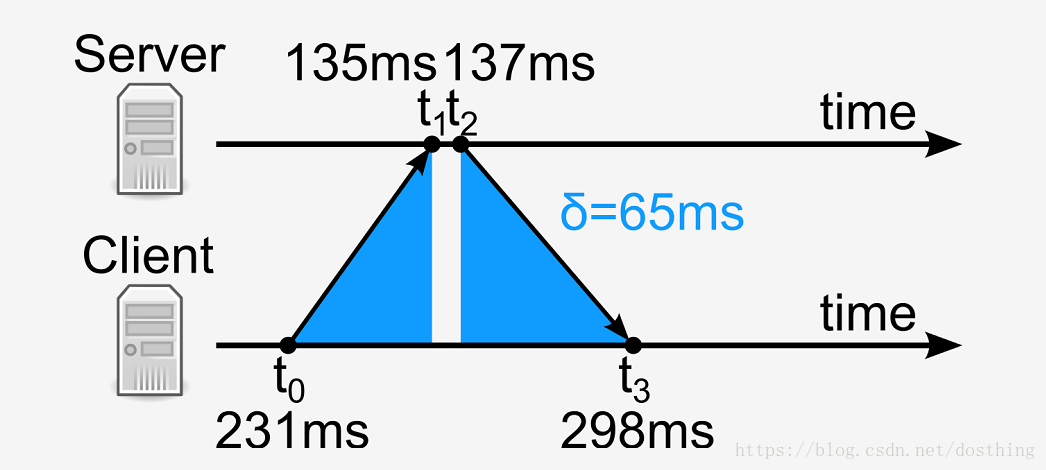
GMT,UTC,CST,DST,RTC,NTP,SNTP,NITZ: 嵌入式的时间

Common interview questions for APP UI automation testing, maybe useful~
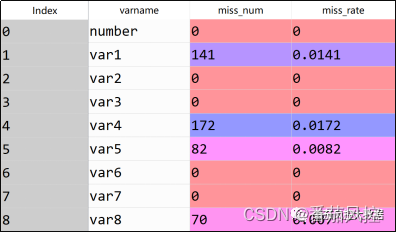
亲测有效|处理风控数据特征缺失的一种方法

Black cats take you learn Makefile article 13: a Makefile collection compile problem
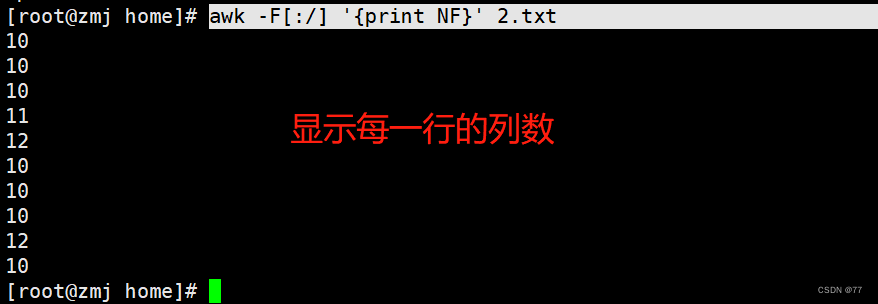
shell(文本打印工具awk)

阿里云张新涛:支持沉浸式体验应用快速落地,阿里云云XR平台发布
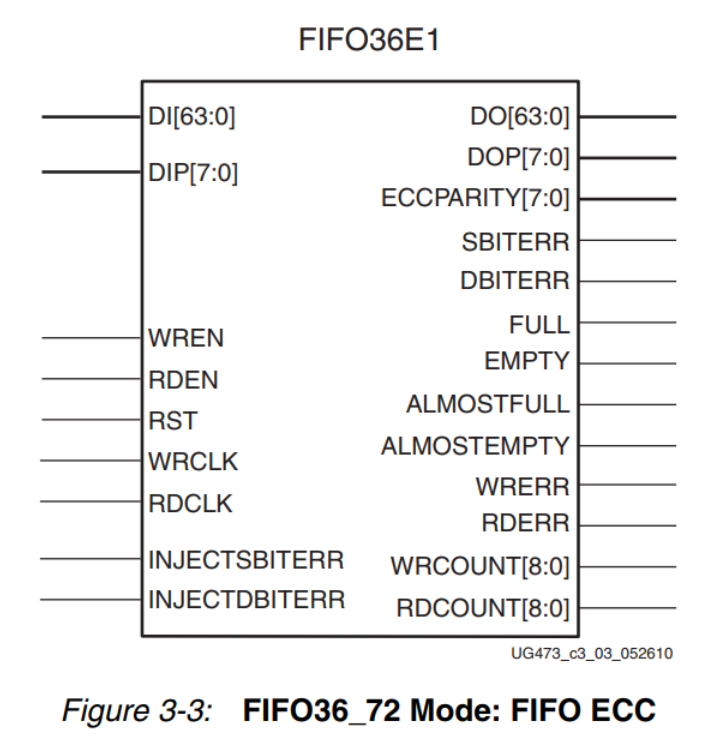
FPGA - 7系列 FPGA内部结构之Memory Resources -03- 内置纠错功能
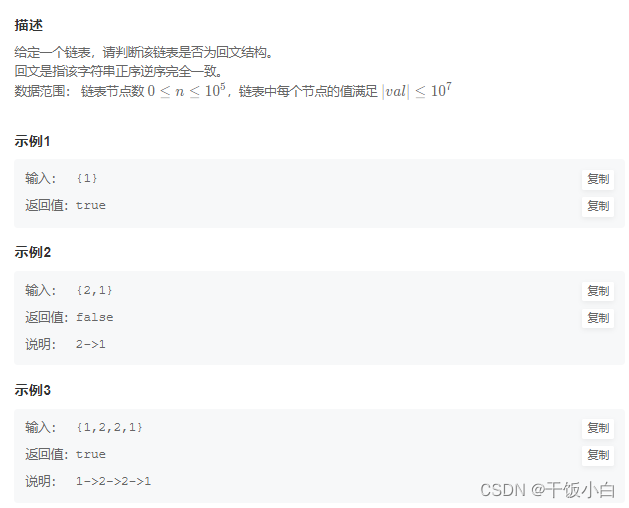
BM13 determines whether a linked list is a palindrome
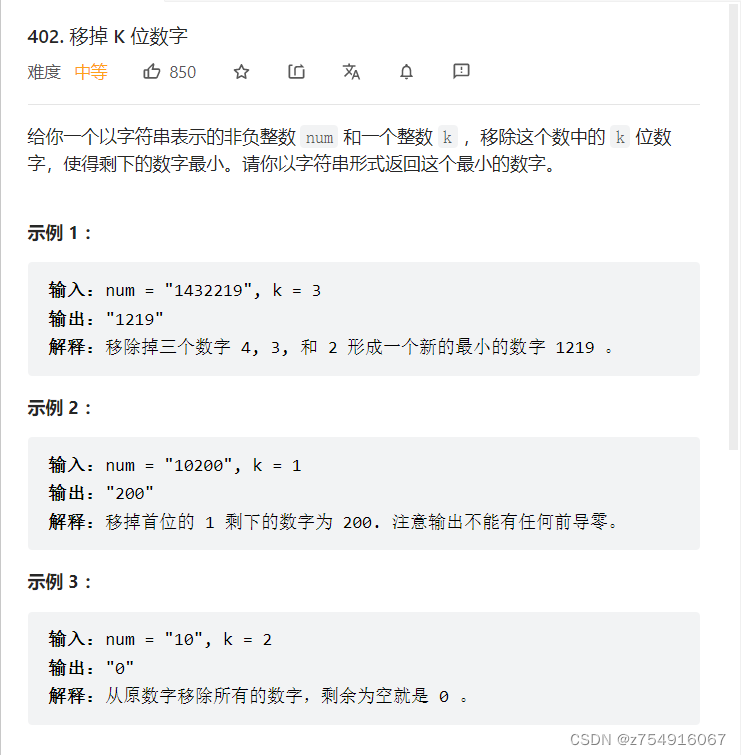
LeetCode-402 - Remove K digits
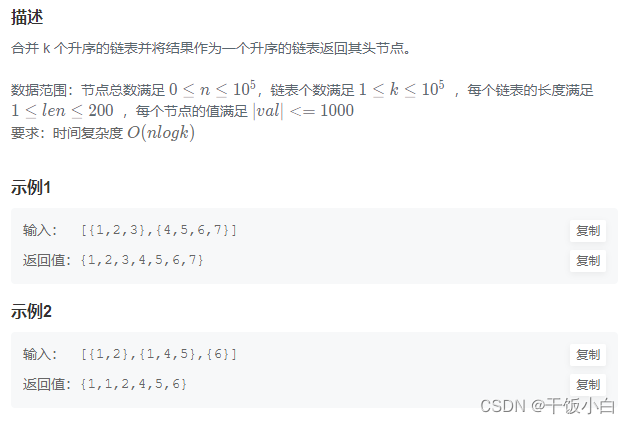
Merge k sorted linked lists
随机推荐
xshell (sed command)
解码2022中国网安强星丨正向建、反向查,华为构建数字化时代的网络安全防线
Addition of linked lists (2)
文件IO-缓冲区
威纶通触摸屏如何在报警的同时,显示出异常数据的当前值?
win系统下pytorch深度学习环境安装
关于 DataFrame: 处理时间
2022年8月的10篇论文推荐
3D model reconstruction of UAV images based on motion structure restoration method based on Pix4Dmapper
shell编程之免交互
Extended Chinese Remainder Theorem
美味的佳肴
元宇宙社交应用,靠什么吸引用户「为爱发电」?
Alibaba and Ant Group launched OceanBase 4.0, a distributed database, with single-machine deployment performance exceeding MySQL
Likou 215 questions, the Kth largest element in an array
QT笔记——用VS + qt 生成dll 和 调用生成的dll
JS中使用正则表达式g模式和非g模式的区别
How to secure users in LDAP directory service?
2022.8.8 Selected Lectures on Good Topics (Number Theory Field)
阿里巴巴、蚂蚁集团推出分布式数据库 OceanBase 4.0,单机部署性能超 MySQL